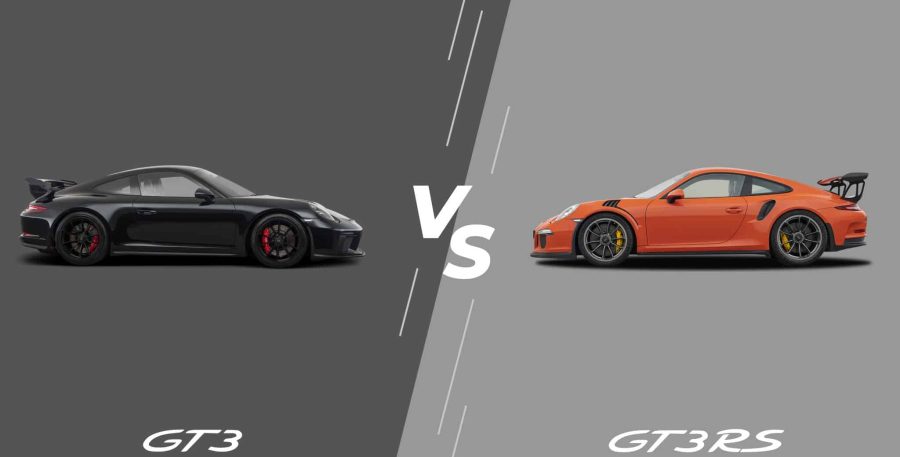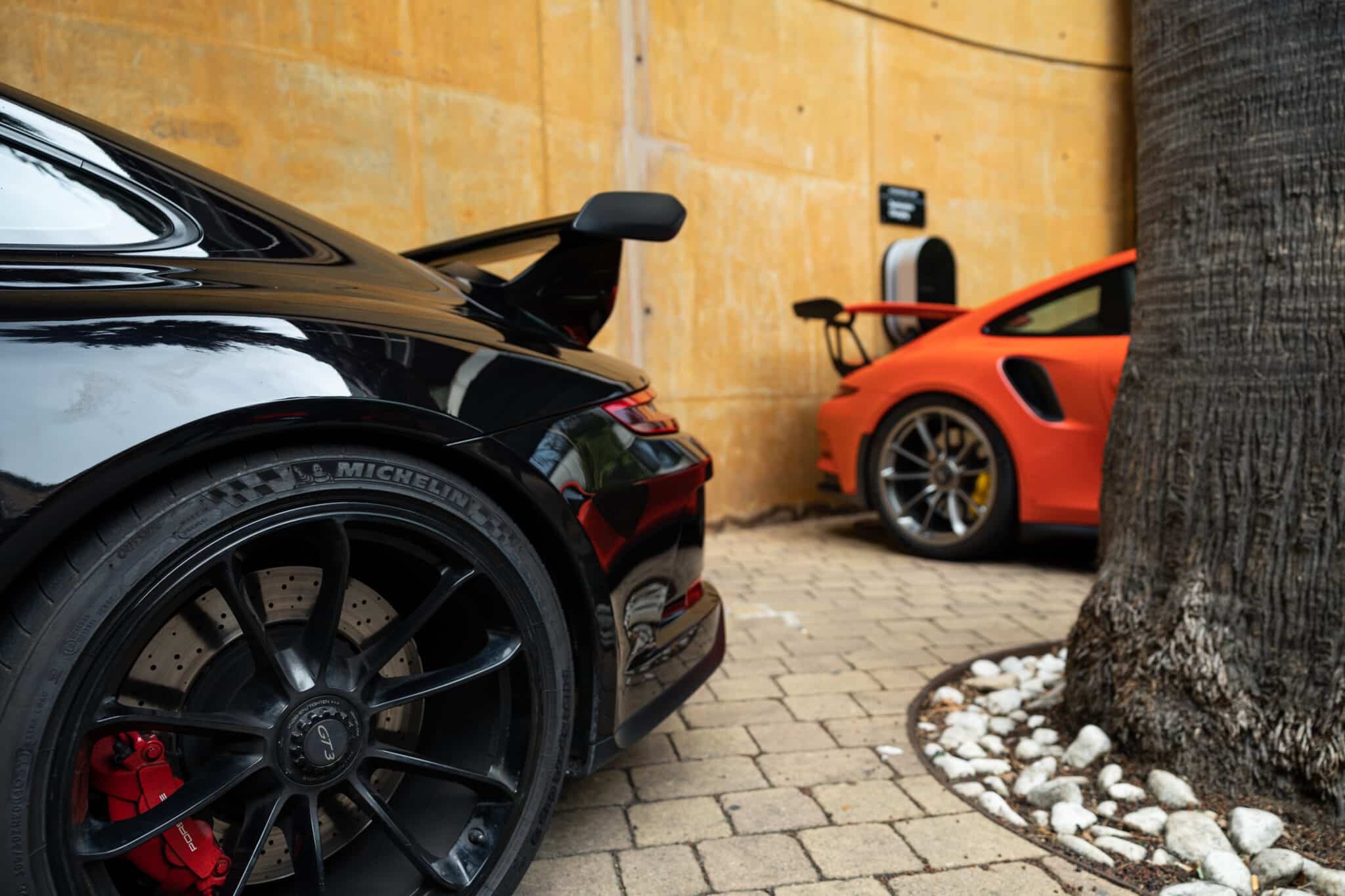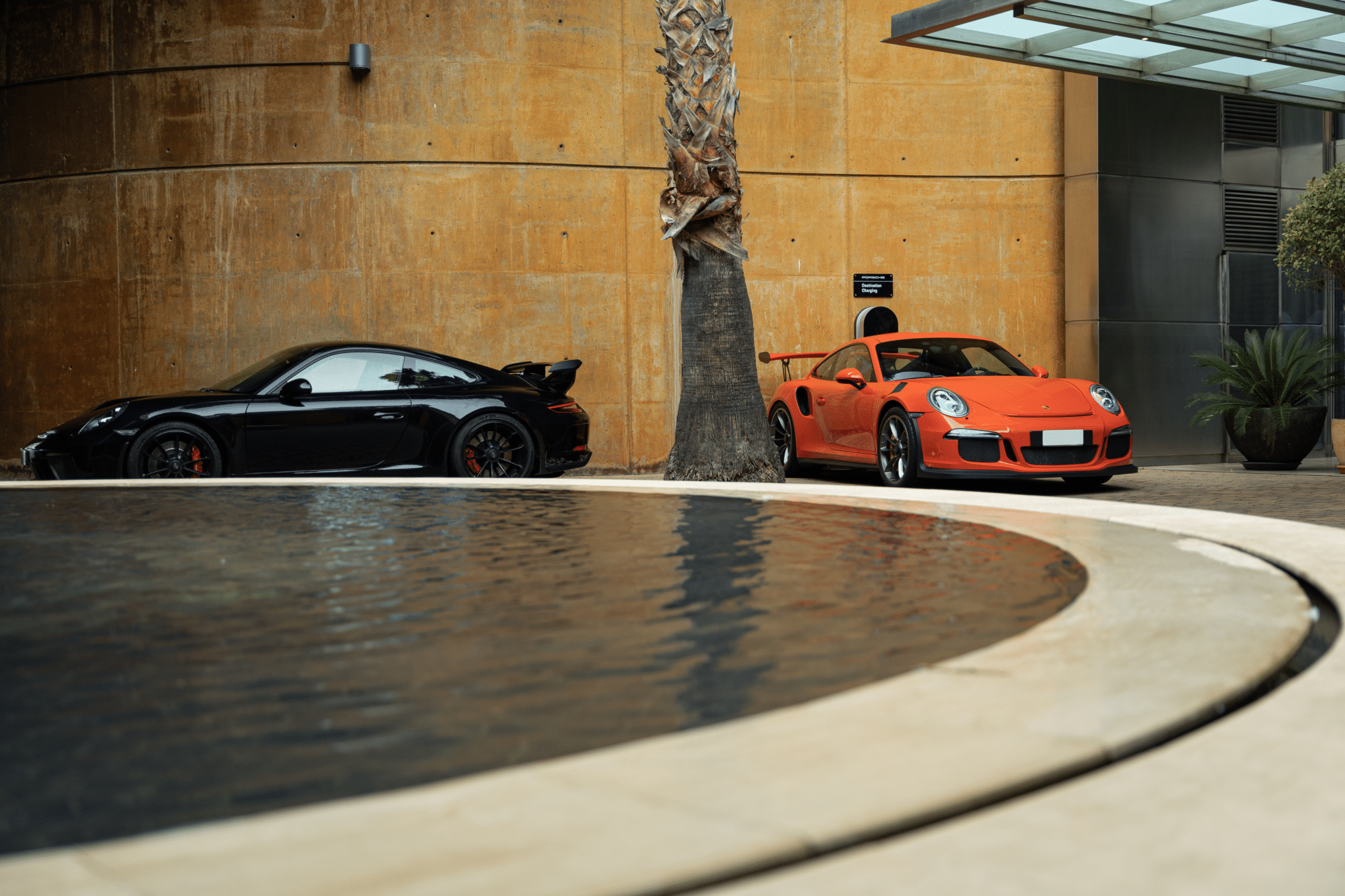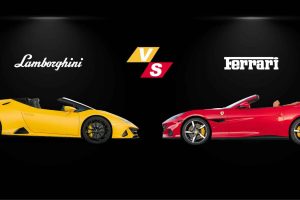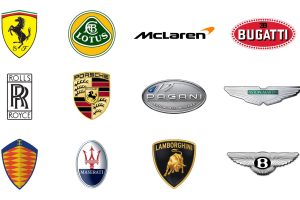In the vast Porsche lineup, which features over twenty variants of the iconic 911 model, the GT line stands out above all others. These models clearly evoke the presence of Porsche’s competition sports cars, shaping a 911 characterized by increased power, reduced weight, and a clear focus on maximizing performance on the track.
The Porsche GT3 undoubtedly leads the GT line-up. Although it doesn’t boast the fastest speed in the series – a title held by the Porsche GT2 RS with its impressive 700 HP – the GT3 stands out by offering an exceptional balance between track performance and on-road comfort. It is the ideal choice for enthusiasts seeking a sporty driving experience both on circuits and open roads. Alongside it is the Porsche GT3 RS, an even more sport-oriented version compared to the standard GT3, geared towards performance with additional adjustments designed to maximize agility and precision.
In our fleet, we have one of each model, and although at first glance, they may seem very similar, there are notable differences between them. In this article, we will explore these distinctive aspects, providing you with an accurate insight into the differences of each variant of these models.
Engine and Performance
Both models share the same foundation, housing a rear-wheel-drive 4.0-liter six-cylinder boxer engine, paired with a seven-speed dual-clutch PDK automatic transmission. However, despite sharing the same engine, the power figures show notable variations. The standard version of the 911 GT3 unleashes 500 HP and a maximum torque of 460 Nm, while the 911 GT3 RS raises the stakes with 520 HP and a maximum torque of 469 Nm.
In terms of performance, significant differences are also observed. The Porsche GT3 boasts an acceleration from 0 to 100 km/h in 3.4 seconds and a top speed of 318 km/h. On the other hand, the Porsche 911 GT3 RS achieves an acceleration from 0 to 100 km/h in 3.2 seconds and a top speed of 312 km/h.
It is crucial to note that, although top speed is often associated with a vehicle’s power, this relationship is not always consistent, as evidenced in the case of the Porsche 911 GT3 and the Porsche 911 GT3 RS. Top speed is influenced by a combination of factors beyond power, including aerodynamics, drivetrain configuration, and specific model characteristics. In the case of the Porsche 911 GT3, its aerodynamic configuration and specific features allow it to achieve a higher top speed, despite having slightly lower power and slower acceleration than the Porsche 911 GT3 RS.
Want to drive a Porsche 911 GT3? You can do so by booking here.
Exterior Design
The Porsche 911 GT3 RS exhibits a much more aggressive and aerodynamic appearance than the standard GT3. Its presence is distinguished by an imposing, enlarged rear wing that contributes to generating increased grip in corners and sensational stability at high speeds.
Furthermore, the GT3 RS incorporates a redesigned rear diffuser that significantly enhances its overall stability. It also integrates strategically positioned additional air outlets to ensure more efficient airflow around and through the car, thus contributing to the cooling of critical components such as brakes and the engine.
These outlets are distributed at the front to cool the front brakes and in the rear side section to provide cooling to both the brakes and the engine. These enhancements not only boost performance but also add a distinctive aesthetic touch to the GT3 RS, emphasizing its clear track-oriented focus.

Interior
The interior of both models is virtually identical, with minimal differences between them. Both are equipped with carbon fiber bucket seats covered in leather, offering exceptional ergonomics and unparalleled comfort. They also feature an Alcantara-covered steering wheel, and the cabin incorporates a central touchscreen providing access to specific vehicle settings, Bluetooth connectivity, Apple CarPlay compatibility, and the navigation system. It’s worth noting that, in the standard GT3, the screen measures 10.9”, while in the GT3 RS, it is 7”.
The only distinctive feature between the two models lies in the fabric door handles of the GT3 RS, standing out with an orange hue matching the exterior paint of our specimen. Additionally, both the seat belts and the embroidered GT3 RS emblem on the headrests also adopt this same orange tone.

Weight and Dimensions
Weight reduction is a crucial factor in enhancing performance, and in this regard, both variants have delved into this aspect. Both the standard GT3 and the GT3 RS incorporate lightweight elements, such as a magnesium roof, hood, front fenders, rear cover, and rear wing made of carbon fiber-reinforced plastic. Additionally, they integrate a rear apron crafted from polyurethane polymer and carbon fiber, along with polycarbonate glazing for the side and rear windows. This approach results in a weight of 1430 kg for the standard GT3 and 1420 kg for the GT3 RS, slightly lighter.
Regarding dimensions, subtle differences are observed between the standard Porsche GT3 and the GT3 RS, which can have a clear impact on vehicle stability, maneuverability, and control. In terms of length, the standard GT3, at 4562 mm, surpasses the GT3 RS, measuring 4545 mm. Although the variation is minimal, this increase can affect stability and maneuverability, with the standard GT3 being slightly longer.
In terms of width, the GT3 RS has a greater dimension, measuring 1880 mm, compared to the 1852 mm of the standard GT3. This difference influences lateral stability and the ability to tackle curves at high speeds, where greater width can contribute to increased grip and control.
Regarding height, the GT3 RS is taller, at 1291 mm, compared to the 1271 mm of the standard GT3. Although the difference is minimal, greater height has a more pronounced impact on the center of gravity and, consequently, the overall stability of the vehicle.
Conclusion
In conclusion, having examined the key differences between the Porsche 911 GT3 and the GT3 RS, it is undeniable that both models are an excellent choice to experience Porsche’s automotive excellence. While the 911 GT3 offers a more balanced option for everyday use and the thrill of the track, the GT3 RS leans decisively towards pursuing record lap times on the circuit, with significant enhancements in power, aerodynamics, and weight. Regardless of preference, choosing between these two models ensures a driving experience that few can match.


